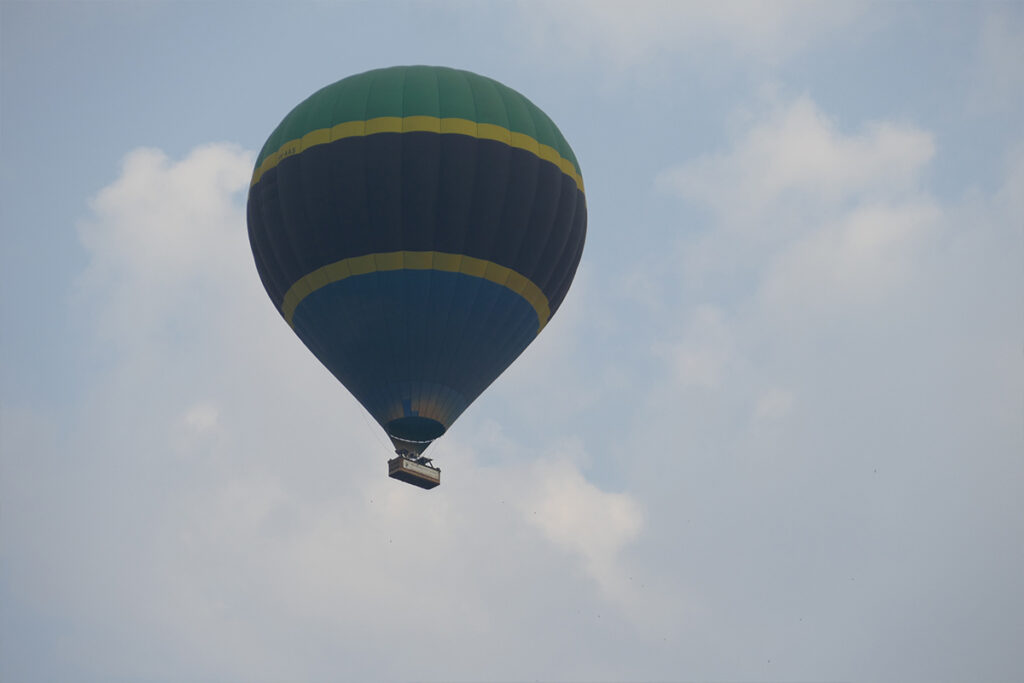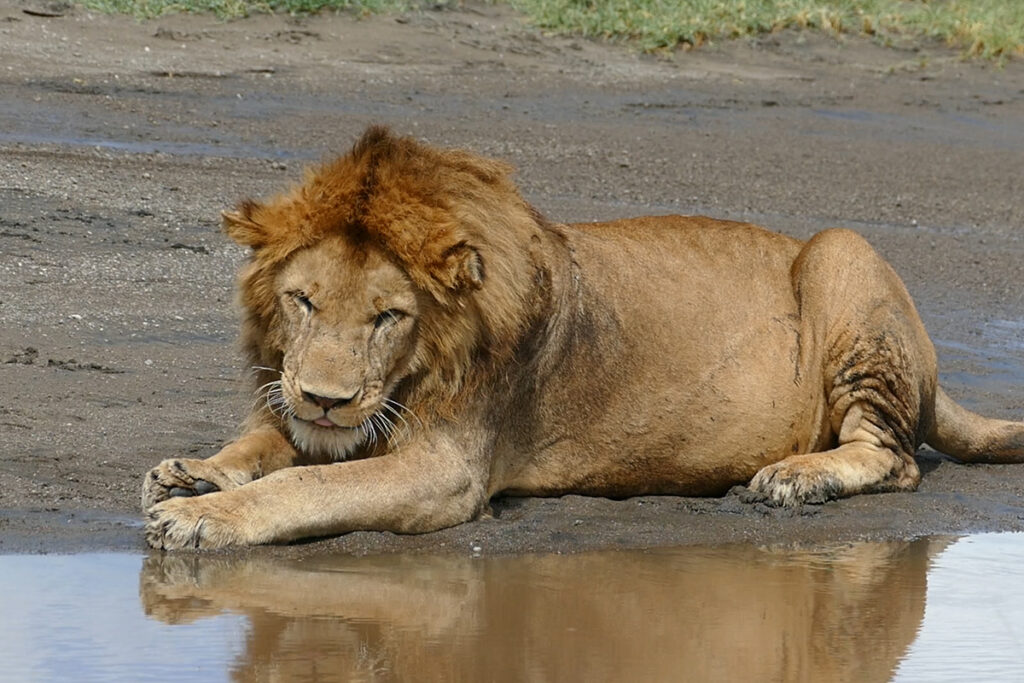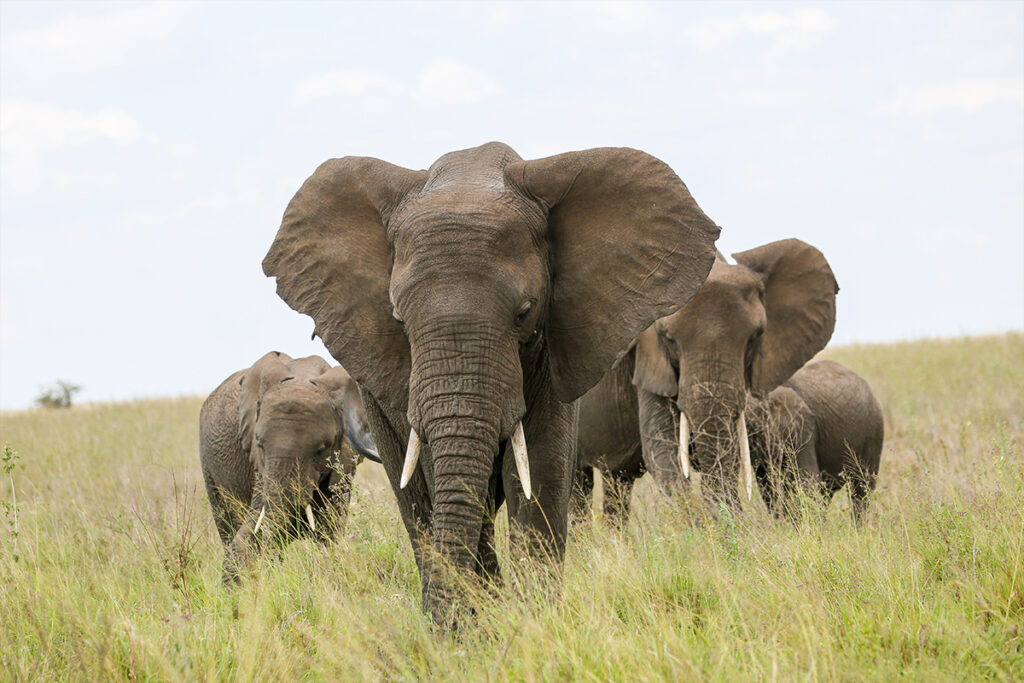In Tanzania, where over 120 ethnic groups coexist, the diversity of cultural traditions is both a celebration and a challenge. Take, for instance, the Maasai community. Their world-renowned warrior dances provide not only a spectacle but an insight into a lifestyle that values bravery and community cohesion.
Among Tanzania’s most crucial cultural traditions is the Ngoma, a traditional dance deeply rooted in the history of various tribes. This dance not only showcases individual prowess but also reflects social narratives and collective emotions. Statistically, over 90% of Tanzanians participate in some form of cultural preservation activity, underlining the nation’s commitment to maintaining these timeless traditions.

Exploring the Richness of Tanzanian Cultural Traditions
Tanzania’s cultural traditions are as diverse as its people. With over 120 ethnic groups, each has its own unique practices. The Maasai tribe is famous for their robust warrior dances. These dances are not just performances; they tell stories of bravery and history. The Maasai also wear bright red clothing to symbolize power and strength.
The ngoma dance is another significant tradition in Tanzania. Performed at weddings, births, and festivals, it brings communities together. The dance involves drums, singing, and intricate movements. Each beat of the drum tells a part of the story. This tradition shows the importance of unity and celebration.
Storytelling is also a cherished tradition. Elders often tell stories to teach values and history to younger generations. These stories are passed down orally, preserving the culture. They cover various themes, from moral lessons to historical events. Storytelling nights are community events where everyone gathers to listen.
Another unique tradition is the art of kanga wearing. Kangas are colorful fabrics worn by women. They feature Swahili proverbs and messages. These proverbs often offer wisdom, humor, and advice. Wearing kangas is a way women express themselves and communicate in their daily lives.
The Significance of Ngoma Dance in Tanzanian Tribes
Ngoma dance is more than just entertainment; it’s a deeply rooted cultural tradition in Tanzania. Many tribes use this dance to mark important events like weddings and harvests. Besides celebrations, ngoma serves as a medium for storytelling. Through vibrant rhythms and movements, dancers convey tales of their ancestors. Each tribe has its own unique style of ngoma, reflecting their distinct culture.
In these dances, drums play a crucial role. The beat of the drum dictates the rhythm and energy of the performance. Different drum patterns signal changes in dance steps and movements. This harmonious blend of sound and motion draws everyone into a shared experience. It’s an inclusive activity that strengthens community bonds.
Ngoma also serves as a way to teach and pass on traditions through generations. Young people learn by watching and participating with elders. This hands-on approach helps preserve stories and customs. Elders take pride in teaching the dance, knowing they are keeping their heritage alive. For the youth, mastering ngoma is a rite of passage.
Beyond the tribes, ngoma has gained national recognition. Festivals in Tanzania often showcase ngoma as a highlight, drawing in locals and tourists alike. These festivals provide a platform for tribes to share their culture with the world. The audience experiences a unique aspect of Tanzanian life. This cross-cultural interaction fosters mutual respect and understanding.
The Impact of Massai Warrior Dances on Tanzanian Society
Massai warrior dances hold a special place in Tanzanian society. Known for their energetic and high-jumping moves, these dances capture attention worldwide. They symbolize strength and resilience, important qualities for the Maasai tribe. Each movement tells a story of heroism and warrior achievements. This powerful display of culture provides a link between the past and present.
The dances also play a vital role in educating the youth. Young warriors learn by participating in these traditional routines. Performing the dances teaches them about their tribe’s history and values. It is a source of pride and identity for the Maasai people. The courage and skill displayed inspire both participants and viewers.
Through the years, the dances have become a significant tourist attraction. Visitors are drawn to witness the vibrant display of Maasai culture. This tourism brings economic opportunities to the local communities. The revenue supports education, healthcare, and infrastructure initiatives. Consequently, the Maasai have managed to uphold their traditions while benefiting from modern advancements.
Beyond financial impact, the dances foster cultural exchange. When tourists engage with the Maasai during these events, they gain a deeper understanding of the tribe’s way of life. This interaction encourages respect and acceptance of cultural differences. By sharing their traditions with the world, the Maasai play a vital role in global cultural awareness.
The Role of Cultural Traditions in Preserving Tanzanian Heritage
Cultural traditions are the backbone of Tanzanian heritage. They provide a sense of belonging and identity for the people. These traditions span across music, dance, art, and oral storytelling. Each act helps keep the rich history of Tanzania alive. Passing down these customs from generation to generation is crucial.
Music and dance play a significant role in cultural preservation. Ngoma, a traditional dance, is a staple at community celebrations. Its rhythmic beats and movements tell stories of the past. This dance connects younger generations to their roots. Participating in such traditions fosters pride and understanding.
Storytelling is another vital tradition. Elders share tales about history and morals. This oral tradition teaches values and community ethics. Children learn about bravery, justice, and respect through these narratives. The stories also serve as historical records.
Art, whether in the form of paintings, sculptures, or fabric, documents life and experiences. Traditional crafts are passed through families, teaching skills and cultural narratives. Items like kangas and beadwork carry symbolic meanings and are a creative representation of Tanzanian diversity. By embracing and sharing these arts, communities show their commitment to cultural identity.
Some traditions include specific rituals at life milestones. Births, marriages, and even funerals have distinct cultural practices. These rituals often include symbolic gestures, songs, and dances. They provide individuals with a deeper connection to their community. Understanding and participating in these events strengthen social ties and cultural continuity.
Key Takeaways
- Cultural traditions in Tanzania provide a sense of belonging and identity.
- Ngoma dance helps connect the youth to their cultural roots and history.
- Storytelling is essential for teaching values and community ethics.
- Art, like kangas and beadwork, represents the diversity of Tanzanian culture.
- Rituals at life milestones strengthen social ties and cultural continuity.
Conclusion
Tanzania’s cultural traditions are not mere rituals; they are the lifeblood of the nation’s heritage. These practices, like ngoma dance and storytelling, connect generations and enrich the community. They serve to educate, entertain, and preserve history.
Through music, art, and ceremonies, Tanzania showcases a rich tapestry of cultural diversity. These traditions foster unity and pride among the people. By celebrating and preserving them, Tanzanians ensure that their vibrant heritage continues to thrive.



